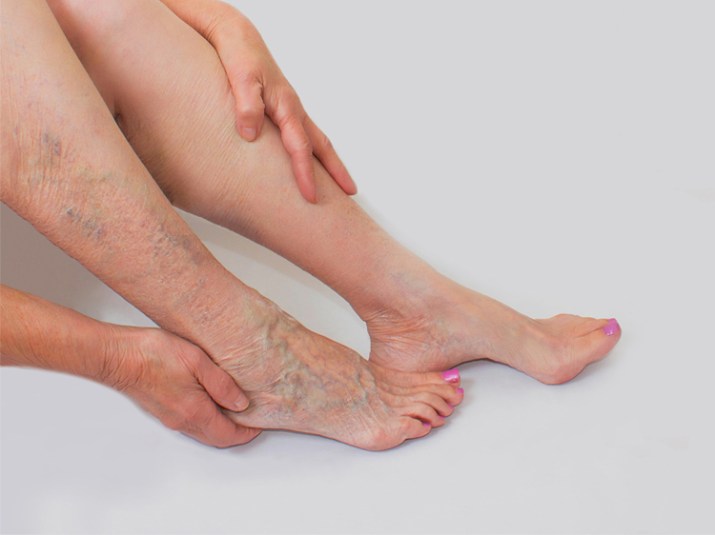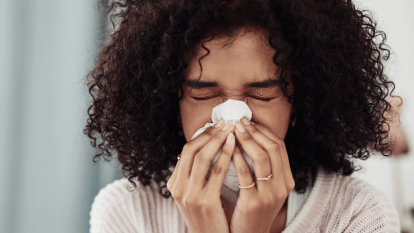11 Risk Factors for Varicose Veins — And How to Prevent This Pesky Condition

If you’re wondering how to prevent varicose veins, you’re not alone. After all, this annoying condition affects about 50 to 55 percent of women in the United States, according to the Office on Women’s Health. Varicose veins — swollen, twisted veins that can be seen just under the surface of the skin — are especially common for women over 50. Luckily, recent research has shed some light on the biggest risk factors for varicose veins, which can help us better understand why they occur in the first place. So if you think you’re at risk, don’t panic — just take the best expert-approved steps to prevent varicose veins before they become a problem.
Risk Factors for Varicose Veins
A September 2018 study published in Circulation found that the taller you are, the more likely you are to develop varicose veins. Researchers examined the genes of more than 400,000 people to better understand this common-yet-confusing condition. After examining the data, they admitted that they were surprised to see that height was associated with the cosmetic issue. But it’s not the only thing linked to varicose veins, as you can see by the current list of risk factors below.
- Being taller
- Being older
- Being female
- Being overweight
- Being pregnant
- Having a history of deep vein thrombosis, which occurs when a blood clot forms in one or more of the deep veins in your body
- Having surgery on the legs
- Having a family history of varicose veins
- Lack of movement
- History of smoking
- Use of hormone therapy
Better to know sooner rather than later, right? If any of these risk factors apply to you, the good news is that there are ways to prevent or at least reduce varicose veins before they become an issue in your day-to-day life.
Ways to Prevent Varicose Veins
According to the Mayo Clinic, maintaining a good exercise routine and watching your diet are two key ways to prevent or at least slow the development of varicose veins. But don’t think that this means you have to run marathons. Experts say that simply walking can be an excellent way to pump up more blood circulation in your legs. (Plus, walking boasts so many other health benefits that can add years to your life.) Following a diet that is low in salt also prevents swelling in your legs. Along with helping you avoid varicose veins, this can also alleviate discomfort whenever you get up to move.
But even when your body isn’t in motion, it’s important to be mindful of what your legs are doing. Although this is challenging to do on hectic, busy days, it’s important to avoid sitting or standing for long periods of time, as this slows your blood flow. If you feel like you simply need to rest for a bit, elevating your legs above the level of your heart can greatly improve your circulation while you’re in R&R mode. While you’re sitting down, avoiding crossing your legs is also a major help, according to the National Heart, Lung, and Blood Institute.
In addition, it helps to pay attention to what you wear on a regular basis. Experts say high heels and tight clothes around your waist, legs, and groin can put you at risk for developing varicose veins. In general, you want to seek out items of clothing that work your leg muscles more — such as low-heeled shoes. You might also consider talking to your doctor to see if compression stockings might be a good option for you. Who knows? Your veins just might thank you later on!
More From FIRST
Postmenopausal and Dry ‘Down There’? It May Be Vulvovaginal Atrophy
I Finally Stopped My Inner Thigh Chafing With This $14 Anti-Chafing Stick
26 Best Computer Glasses for Women to Protect Your Eyes From Screen Glare













